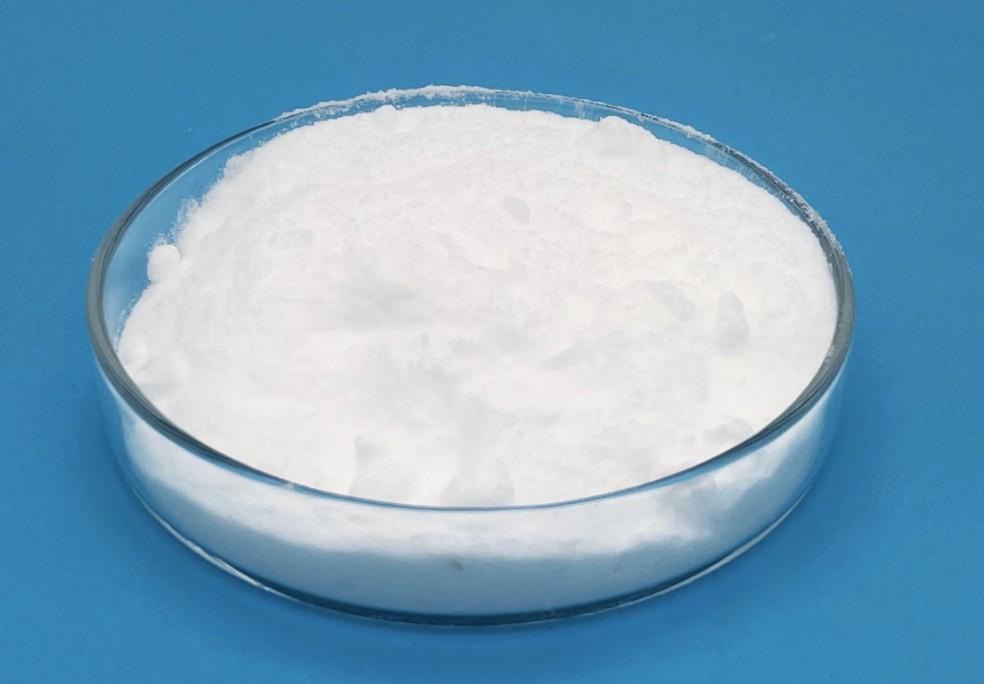Produktname: Lidocain
Ein anderer Name: Xylocain
CAS:137-58-6
MF:C14H22N2O
MW:234.34
Probe:99%
Aussehen: weißes Puder
Verwendungszweck:kann zur Schmerzlinderung eingesetzt werden
Lidocain, Xylocain, oder Lignocain ist ein gängiges Lokalanästhetikum und Antiarrhythmikum der Klasse 1b. Lidocain wird topisch zur Linderung des Juckreizes eingesetzt, Verbrennung, und Schmerzen durch Hautentzündungen, als Zahnanästhetikum injiziert, oder als Lokalanästhetikum bei kleineren chirurgischen Eingriffen. Es steht auf der Liste der unentbehrlichen Arzneimittel der Weltgesundheitsorganisation, eine Liste der wichtigsten Medikamente, die in einem grundlegenden Gesundheitssystem benötigt werden.
Lidocain ist das wichtigste Antiarrhythmikum der Klasse 1b; Es wird intravenös zur Behandlung ventrikulärer Arrhythmien eingesetzt (bei akutem Herzinfarkt, Digoxinvergiftung, Kardioversion, oder Herzkatheteruntersuchung) wenn Amiodaron nicht verfügbar oder kontraindiziert ist.
Lidocain sollte bei dieser Indikation nach der Defibrillation gegeben werden, HLW, und Vasopressoren wurden eingeleitet. Eine routinemäßige prophylaktische Gabe wird bei akutem Herzinfarkt nicht mehr empfohlen; Der Gesamtnutzen dieser Maßnahme ist nicht überzeugend.
Das Wirksamkeitsprofil von Lidocain als Lokalanästhetikum zeichnet sich durch einen schnellen Wirkungseintritt und eine mittlere Wirkungsdauer aus. daher, Lidocain ist zur Infiltration geeignet, Block, und Oberflächenanästhesie. Bei Subdural- und Epiduralanästhesien werden teilweise länger wirksame Substanzen wie Bupivacain bevorzugt; Lidocain,obwohl, hat den Vorteil eines schnellen Wirkungseintritts.
Die relative Unempfindlichkeit gegenüber Lidocain ist genetisch bedingt. Bei hypokaliämischer sensorischer Überstimulation, Eine relative Unempfindlichkeit gegenüber Lidocain wurde bei Menschen beschrieben, die auch an einer Aufmerksamkeitsdefizit-Hyperaktivitätsstörung leiden. Bei zahnärztlicher Anästhesie, Eine relative Unempfindlichkeit gegenüber Lidocain kann aus anatomischen Gründen aufgrund unerwarteter Nervenlagen auftreten. Manche Menschen mit Ehlers-Danlos-Syndrom reagieren unempfindlich auf Lidocain.
Lidocain, zusammen mit Ethanol, Ammoniak, und Essigsäure, hat sich auch bei der Behandlung von Quallenstichen als wirksam erwiesen, Sowohl der betroffene Bereich wird betäubt als auch eine weitere Nematozystenentladung verhindert.
| Getestete Artikel |
Spezifikation |
BP2007 |
Ergebnis |
| Figuren |
Weißes oder leicht gelbes Kristallpulver mit charakteristischem Geruch |
Weißes Kristallpulver mit schwachem Geruch |
| Schmelzpunkt |
Schmelzpunkt: 66 Grad zu 70 Grad |
66.6 Grad-68,5 Grad |
| Identifikation |
BCDE
Erfüllen Sie die Anforderung |
Entspricht |
| Aussehen der Lösung |
Klar und farblos |
Entspricht |
| Wasser |
Höchstens 0.5% |
0.3% |
| Sulfat |
Nicht mehr als 0. 1% |
Entspricht |
| Chlorid |
Höchstens 0. 0035% |
0.0025% |
| Schwermetalle |
Höchstens 0.002% |
0.001% |
| Rückstände bei der Zündung |
Höchstens 0.1% |
0.02% |
Verunreinigung
(26-Dimethylanilin-Gehalt) |
Höchstens 0.01% |
Entspricht |
| Probe (HPLC) |
99.0%-101.0% |
99.50% |






















